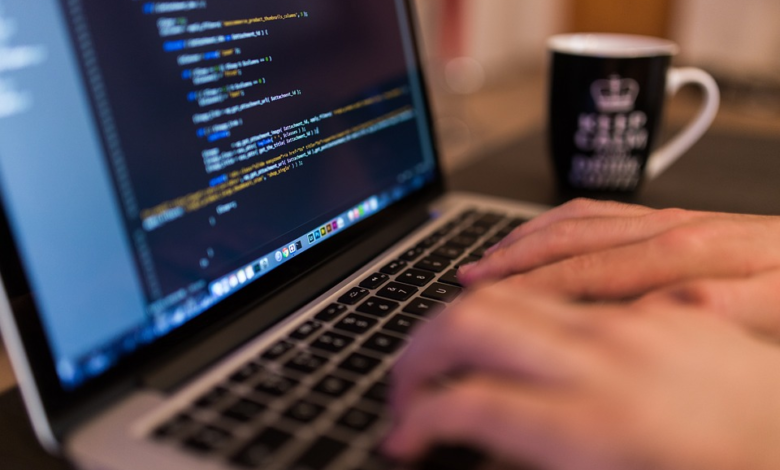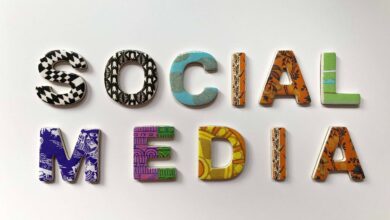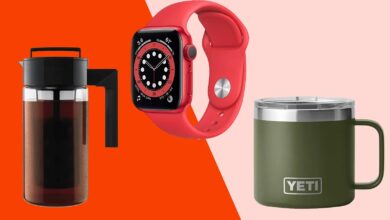Image Scraping With Proxies For Intellectual Property Protection

Physical assets such as lands, buildings, and cars used to be the most important assets of any business. Today, all that has changed. The most important assets now are the digital, non-physical, and intangible assets such as brand name and logos, trade secrets, patents, copyrights, and ideas. These properties have become the most important because they help companies make the most money and compete more fairly in the market.
Protecting these assets is becoming increasingly important because more dishonest elements roam the web every day, looking for assets to steal. These infringers count on careless brand owners to slack in some way so they can grab what they can.
While protecting these core assets can take various shapes, image scraping seems to be one of the most effective ways. Hence, we will now see what image scraping is, how it can help a business as well as the challenges and solutions involved.
What Is Image Scraping?
Image scraping or image data extraction can be defined as the process of gathering publicly available images from various sources for monitoring and protecting your brands. The process might be a little more complex than traditional web scraping, which aims to collect and analyze texts as it involves gathering both pictures and their surrounding texts.
Image scraping is crucial for several reasons. First, it is important to detect infringement and the production of counterfeit goods and services. For instance, until you see a picture of a fake product created to imitate your product, you may not be clear on the extent of the infringement.
Secondly, image scraping can be used for improving search engine optimization (SEO) as well as the quality of digital campaigns.
Why Is Image Scraping Important?
As mentioned above, the importance of scraping images are numerous, including the following:
1. For Brand Protection
While many people link brand protection to the monitoring and collection of data in only text format, it is good to mention that brand protection involves monitoring images.
Companies can also detect infringement and counterfeits by simply monitoring and collecting images.
2. To Improve Digital Campaigns
Because most online ads usually include images, collecting images from different sources can be a very good way to improve your ads. For instance, scraping your competitor’s advertisement images can help you decide how to create an even better one.
Also, collecting an image’s ALT text can help you see what keywords are doing exceptionally well on search engines and craft something along those lines.
3. For Improving SEO Strategies
Search engine optimization strategies are built and adjusted regularly by always observing and gathering data on search engines. Doing this can help a brand rank higher and therefore appeal to more potential customers.
Sometimes, images are the data that needs to be collected.. In this case, the images are collected to review what the market and customers want, then the strategies are built using this new information.
Main Challenges Of Image Scraping
Image scraping is important but tasking and can easily be difficult with challenges such as:
1. Lack of Resources
Scraping images in large quantities is far more complicated than gathering texts. To gather relevant images in large amounts requires tools, time, and energy, which some brands only have in a limited amount.
2. Geo-Restriction
This challenge is shared by virtually every form of scraping. It involves measures used to prevent brands from certain regions from accessing content on a particular website or server. And in this case, the measures are implemented to inhibit brands from collecting the images they need to help or protect themselves from infringements and counterfeiting.
Geo-restrictions may be done in good faith, but their consequences are usually dire for the affected brands as it means they will be unable to detect infringement or see when their brand assets are being stolen in other parts of the world.
3. IP Blocks and CAPTCHA Tests
Image scraping usually occurs on search engines, and search engines are known for applying anti-scraping technologies that detect repetitive actions by internet protocol (IP) address. IPs that repeatedly interact with these search engines are detected and, instantly, blocked.
Also, search engines sometimes have CAPTCHA tests that must be passed upon subsequent visits. Although these tests are easy for humans to pass, they can prove difficult for the bots used in image scraping to scale through.
Both of the above measures always end up as serious challenges that brands have to deal with when scraping images.
Web Scraping Solutions That Can Be Used To Resolve These Challenges
Today, there are more than 5.43 billion indexed web pages, with each page likely to contain valuable information. This means that you may be required to go through billions of web pages to collect enough images to protect your brand from harm. This is an impossible task to perform manually.
Luckily, web scraping was invented and is evolving to enable you to do this more easily, quickly, and automatically. This is a much better solution causing the load of work involved in gathering images for a single day.
To make the process even easier and overcome several of the challenges described above, web scraping is usually combined with proxies.
Whether you are working with an in-house scraping system or a ready-to-use solution, including a proxy in the deal ensures that you easily bypass restrictions, evade IP bans and pass CAPTCHA tests while keeping you safe and anonymous during this intensive operation. For instance, using proxy Australia, a brand in Korea can easily perform web scraping for brand protection in faraway Australia.
Conclusion
The internet can help you grow your brand, but it can also make it easy to lose your best assets. Hence, the protection of intellectual properties is important. Protecting these assets can also be done through image scraping. Even this can encounter challenges, and web scraping can be combined with the best proxies to extract data effortlessly.


